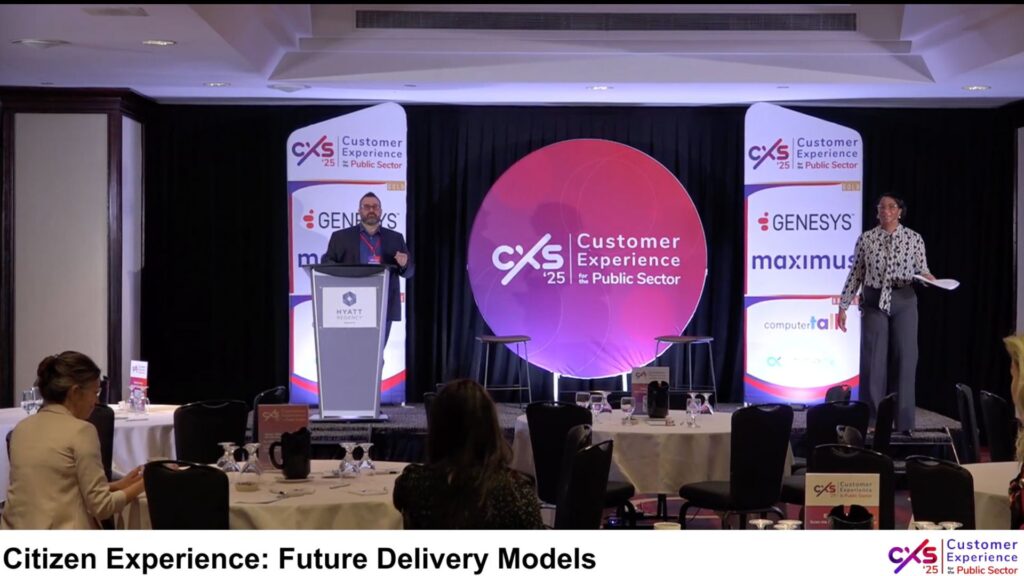Executive Summary:
Digital transformation in government is not about technology—it’s about strategic vision. This whitepaper introduces the North Star methodology, a comprehensive approach to reimagining public sector service delivery through clear, actionable strategic alignment.
- Understanding the North Star Concept
In an era of rapid technological change, government organizations struggle to maintain relevance and efficiency. The North Star concept emerges as a critical navigation tool, providing clarity and direction in complex digital transformation journeys. By establishing a clear, overarching vision, organizations can transcend traditional bureaucratic limitations.
Definition: A guiding strategic vision that provides direction and purpose
Key characteristics:
- Clear and aspirational
- Measurable and achievable
- Adaptable to changing technological landscapes
- Aligned with organizational mission and citizen needs
- Challenges in Government Digital Transformation
The public sector has long been characterized by its resistance to change, creating significant barriers to digital innovation. Decades of entrenched processes, risk-averse cultures, and complex regulatory environments have created a perfect storm of technological stagnation that prevents meaningful progress.
Current Barriers:
- Siloed organizational structures
- Legacy technology systems
- Risk-averse organizational culture
- Limited budget and resources
- Complex regulatory environments
- The North Star Framework
Transformational change requires more than technological solutions—it demands a holistic approach that integrates strategy, technology, and human potential. The North Star Framework provides a comprehensive blueprint for organizations seeking meaningful, sustainable digital transformation.
Core Components:
- Strategic Vision Development
- Technology Integration Roadmap
- Change Management Approach
- Continuous Improvement Mechanisms
- Case Study: Toronto’s Universal Benefit Platform
Real-world digital transformation is rarely perfect, but always purposeful. Toronto’s approach demonstrates how strategic vision can overcome complex bureaucratic challenges, creating a more responsive and citizen-centric service model through innovative thinking and pragmatic implementation.
Implementation Strategies:
- Decoupling complex processes
- Modular system design
- Privacy-conscious data integration
- User-centric design principles
- Practical Implementation Steps
Theoretical frameworks mean little without practical execution. This section provides a structured, actionable approach to translating strategic vision into tangible organizational change, ensuring that digital transformation moves from concept to reality.
Recommended Approach:
- Conduct comprehensive organizational assessment
- Define clear transformation objectives
- Create cross-functional transformation team
- Develop phased implementation strategy
- Establish measurable key performance indicators
- Technology Enablement
Technology is not the destination, but the vehicle for transformation. Understanding the intricate layers of technological infrastructure allows organizations to build flexible, scalable systems that can adapt to evolving citizen needs and technological advancements.
Critical Technology Layers:
- Legacy system integration
- Digital platform development
- Data management infrastructure
- Scalable cloud solutions
- Cultural Transformation
Digital transformation transcends technology—it’s fundamentally about people. Shifting organizational culture requires a deliberate, empathetic approach that empowers employees, challenges existing paradigms, and creates an environment of continuous learning and innovation.
Key Cultural Shifts:
- From perfection to progress
- Embracing incremental innovation
- Customer-centric mindset
- Continuous learning orientation
- Measuring Success
What cannot be measured cannot be improved. By establishing clear, meaningful metrics, organizations can track their transformation journey, demonstrate value, and continuously refine their approach to digital service delivery.
Evaluation Metrics:
- Citizen satisfaction scores
- Process efficiency improvements
- Cost reduction percentages
- Employee engagement levels
- Digital service adoption rates
- Future Outlook
The digital landscape is not static, and neither should government services be. Anticipating and preparing for emerging technological trends ensures that public sector organizations remain responsive, relevant, and capable of meeting evolving citizen expectations. Emerging Trends:
- AI-powered service delivery
- Predictive citizen service models
- Hyper-personalized government interactions
- Integrated multi-platform experiences
Conclusion:
The North Star approach provides a strategic framework for government digital transformation, emphasizing vision, adaptability, and citizen-centricity.
Recommendations:
- Develop clear strategic vision
- Invest in modular technology infrastructure
- Prioritize change management
- Foster a culture of continuous innovation
This whitepaper is based on the 2025 CXPS Summit session featuring Marco Palermo the City of Toronto.





